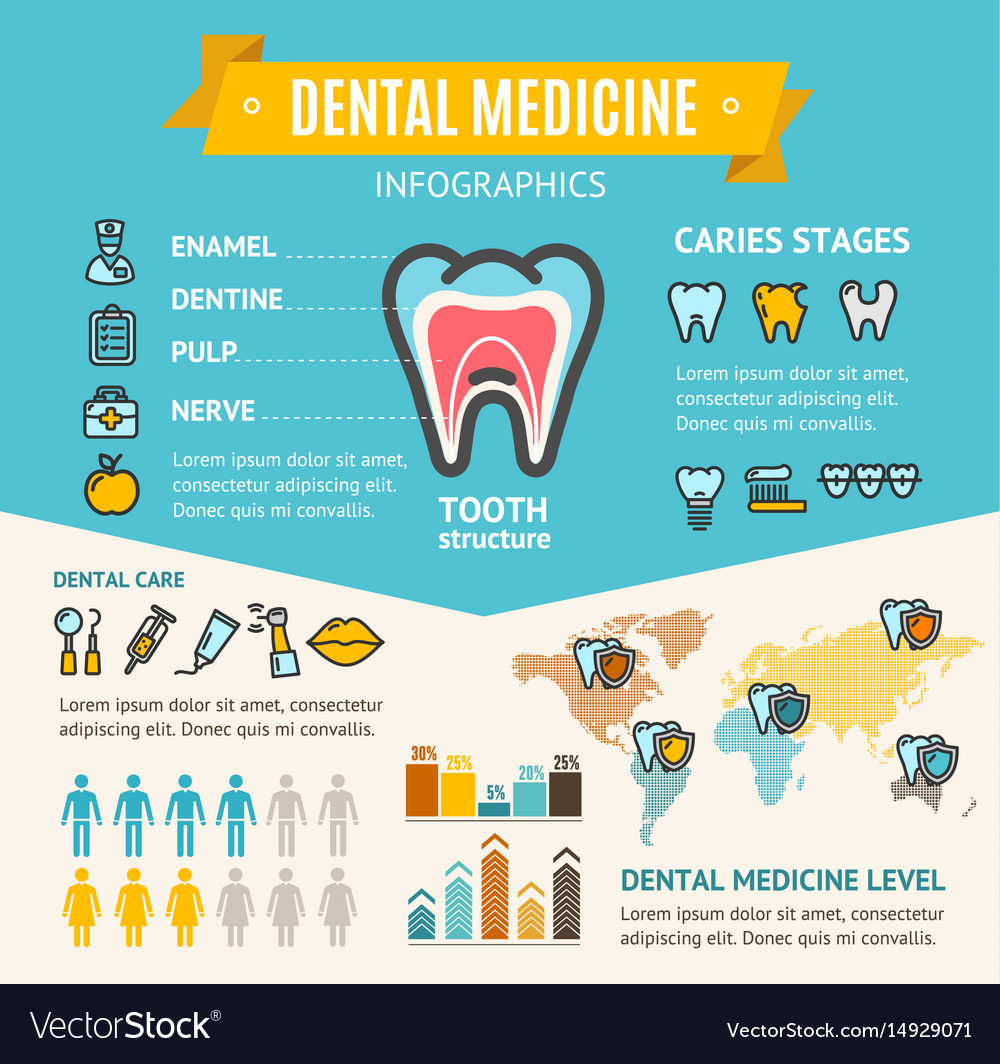The Evolution Of Oral Surgery: Arising Developments And Growths Transforming The Discipline
The Evolution Of Oral Surgery: Arising Developments And Growths Transforming The Discipline
Blog Article
Web Content Author-Foldager Hessellund
Invite to the world of dental surgery, where advancements and breakthroughs are forming the future of the field! In this amazing world, you'll witness the transformative power of robotics, the sophisticated wonder of 3D printing, and the game-changing impact of minimally intrusive strategies.
The future of dental surgery holds a promise of precision, effectiveness, and enhanced client outcomes. With the help of advanced robotics, cosmetic surgeons are able to do complex treatments with better precision and control.
3D printing modern technology is reinventing the production of oral implants and prosthetics, supplying tailored options that fit flawlessly into each patient's one-of-a-kind composition.
Additionally, minimally intrusive methods are lowering post-operative pain and recovery time, allowing patients to go back to their day-to-days live quicker.
Prepare to explore the exciting innovations and advances that are reshaping the landscape of oral surgery!
Developments in Robotics
One major advancement in oral surgery is the use of robot technology, which enables precise and efficient surgeries. With mouse click for source of robot systems, oral specialists have the capability to execute complicated surgical procedures with enhanced precision, lessening the risk of human error.
These robotic systems are equipped with advanced imaging modern technology and accurate tools that allow cosmetic surgeons to navigate through complex anatomical structures effortlessly. By using robotic technology, doctors can attain higher surgical precision, resulting in improved person end results and faster healing times.
Additionally, making use of robotics in dental surgery allows for minimally intrusive treatments, decreasing the trauma to bordering tissues and advertising faster healing.
3D Printing in Dental Surgery
To enhance the area of oral surgery, you can discover the subtopic of 3D printing in oral surgery. This ingenious innovation has the possible to change the method dental specialists operate and deal with individuals. Below are four crucial methods which 3D printing is shaping the area:
- ** Custom-made Surgical Guides **: 3D printing enables the development of very precise and patient-specific surgical overviews, boosting the accuracy and performance of procedures.
- ** Implant Prosthetics **: With 3D printing, dental cosmetic surgeons can create personalized dental implant prosthetics that flawlessly fit a person's one-of-a-kind anatomy, causing better results and patient complete satisfaction.
- ** Bone Grafting **: 3D printing makes https://people.com/beauty/zimba-teeth-whitening-strips-amazon/ for the manufacturing of patient-specific bone grafts, minimizing the need for standard grafting techniques and improving recovery and recuperation time.
- ** https://danteidytm.dsiblogger.com/65992696/sedation-dentistry-enhancing-patient-convenience-and-reducing-stress-and-anxiety-in-the-dental-chair and Training **: 3D printing can be utilized to create sensible surgical versions for educational functions, enabling oral doctors to practice intricate procedures prior to doing them on patients.
With its possible to boost precision, personalization, and training, 3D printing is an amazing growth in the field of oral surgery.
Minimally Intrusive Strategies
To further progress the field of oral surgery, accept the potential of minimally intrusive methods that can considerably profit both doctors and people alike.
Minimally invasive methods are reinventing the field by reducing surgical injury, lessening post-operative discomfort, and increasing the recuperation process. These methods entail using smaller lacerations and specialized instruments to perform procedures with precision and effectiveness.
By using advanced imaging innovation, such as cone beam of light computed tomography (CBCT), cosmetic surgeons can precisely intend and implement surgeries with marginal invasiveness.
Additionally, using lasers in oral surgery enables accurate tissue cutting and coagulation, causing minimized blood loss and minimized healing time.
With minimally invisible teeth braces , individuals can experience quicker recovery, lowered scarring, and enhanced outcomes, making it an essential aspect of the future of dental surgery.
Conclusion
So, as you can see, the future of oral surgery is extremely promising, with exciting innovations and advancements forming the area.
From the developments in robotics to making use of 3D printing and minimally invasive techniques, oral cosmetic surgeons are reinventing the means they give care.
While some might bother with the prospective expense associated with these developments, it is essential to remember that these modern technologies ultimately enhance client end results and lower recuperation time, making them well worth the financial investment in the long run.
